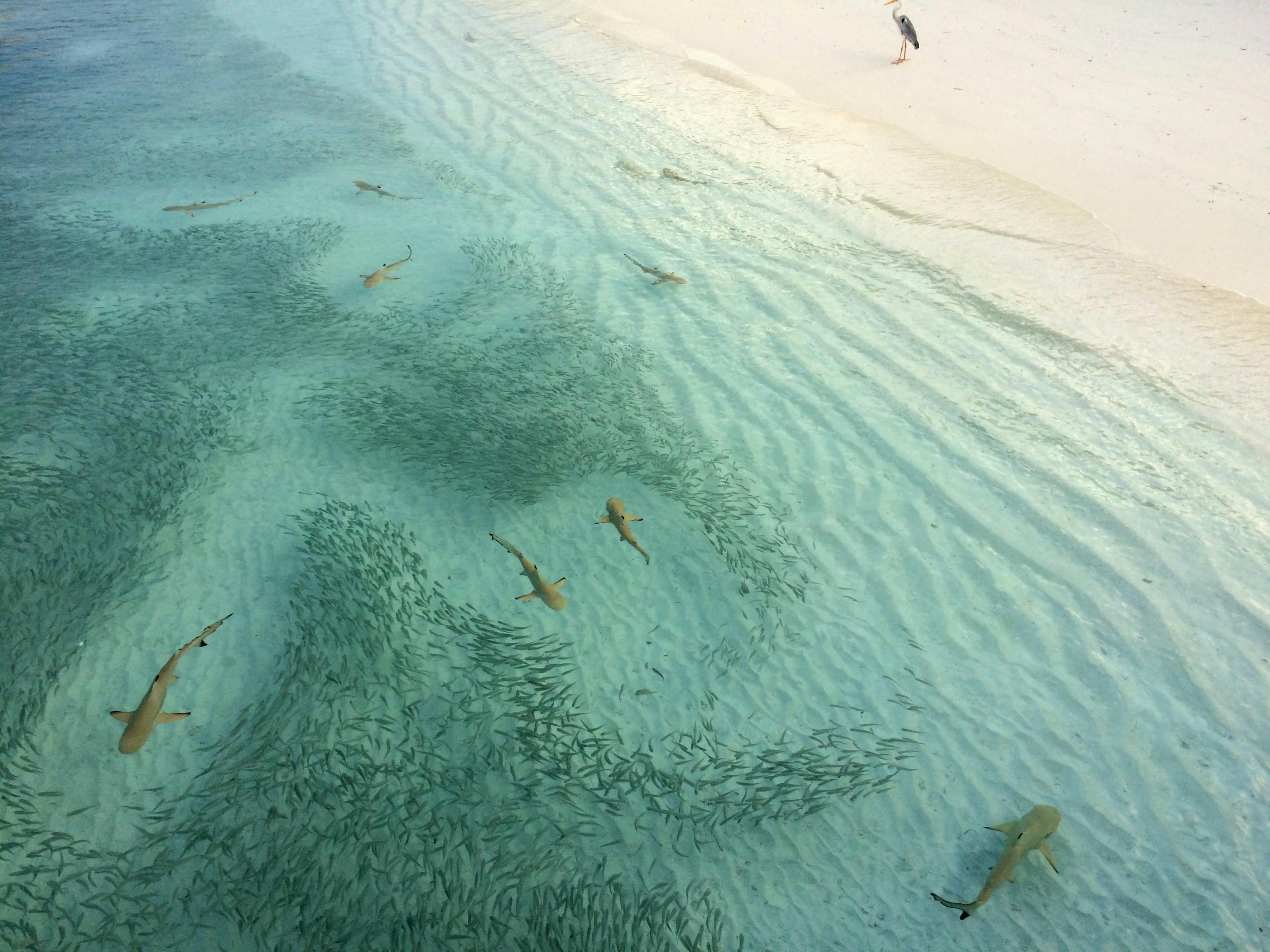
Marine surveys conducted in July can vary depending on the specific objectives and locations. These surveys are typically aimed at studying various aspects of marine ecosystems, including biodiversity, population dynamics, habitat assessment, and environmental monitoring. Some examples of marine surveys that might be conducted in July include:
Biodiversity Surveys: These surveys focus on identifying and documenting the different species present in a particular marine area. They may involve techniques such as underwater visual surveys, DNA analysis, and sampling methods like trawling or netting.
Fish Population Surveys: These surveys assess the abundance, distribution, and health of fish populations in a specific region. Researchers may use techniques like fish tagging, underwater acoustic surveys, or fishery-independent sampling to gather data on fish populations' size, growth rates, and reproductive patterns.
Coral Reef Surveys: July is a common time for surveys of coral reefs, as it is often associated with good weather conditions and optimal water temperatures. These surveys may involve monitoring coral health, assessing bleaching events, and documenting the presence of coral-associated species.
Oceanographic Surveys: Oceanographic surveys focus on studying physical and chemical properties of the ocean, such as temperature, salinity, nutrient levels, and water circulation patterns. These surveys often involve deploying scientific instruments like CTD (conductivity, temperature, and depth) probes, buoys, or autonomous underwater vehicles (AUVs) to collect data.
Marine Mammal Surveys: Researchers may conduct surveys to study the distribution, behavior, and population status of marine mammals like whales, dolphins, and seals. These surveys might involve aerial or vessel-based observations, passive acoustic monitoring, or satellite tracking.
It's important to note that the specific surveys conducted in July can vary based on regional factors, ongoing research projects, and the scientific goals of the researchers.